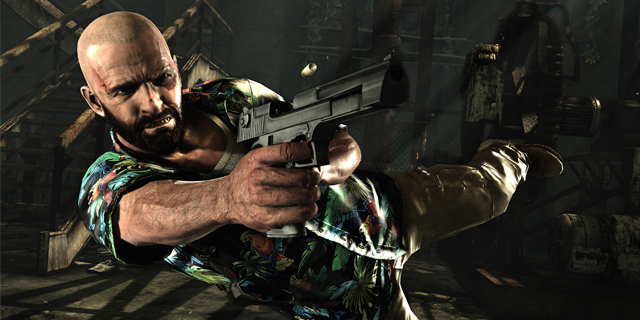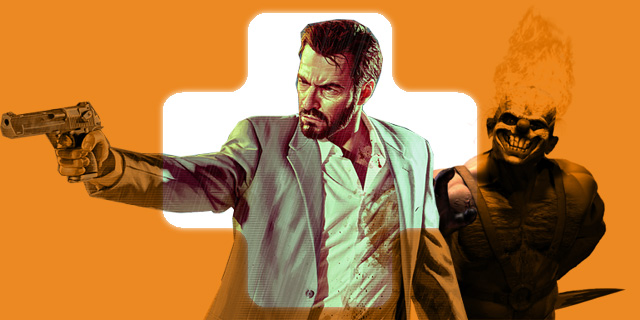
A few months back, I wrote about the importance of retracing our steps and going back to the games of the past for inspiration. Titles such as Fez became the hallmark of how to create something (mostly) original while resurfacing things from our past to create a more memorable experience. On a similar note, a year ago I wrote about franchise revivals, discussing the best ways to go about handling the resurrection of classic franchises. Unfortunately, both of these topics have a downside. While playing two of 2012’s big releases, I’ve discovered that some franchises and, by extension, game mechanics deserve to be left in the past.
This isn’t always the case. Last year’s XCOM: Enemy Unknown showcased exactly how to revive a classic, maintain the standards that made it such and make it appeal to people who aren’t typically strategy game fans. The original X-COM is dated, but not so much that the core of that experience can’t be translated into a modern game. It takes a brilliant team of developers and some genius minds to make something like that work, but it’s entirely possible. XCOM could have been a complete disaster, but it worked, and made it a viable franchise once again.
Some series evolve naturally over the course of a generation or two, and those will be the ones we continue to play and enjoy. Some can be brought back from the dead, despite their now-dated ideas and core mechanics. But this isn’t always a guaranteed success; failure is a very realistic result for certain games of this nature. The failure isn’t always astronomical, and the game can still be good, but it can demonstrate that not every game franchise needs to be brought into a modern era, even if the last time we saw said franchise was less than ten years ago. The gaming landscape changes frequently and those games, franchises or mechanics that aren’t able to change get left behind.
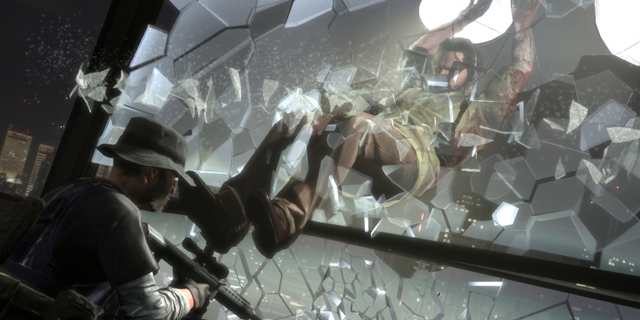
Let’s talk about Max Payne 3. After Remedy went off to work on Alan Wake, Rockstar was left with the Max Payne license, giving it a chance to develop a third game in the franchise at one of its own studios. Max Payne was all about bullet-time, allowing you to slow down the flow of time and take out a large group of targets with relative ease. At the time, this mechanic was almost essential to the Max Payne experience; without it, you had just another third-person shooter with a cool story. Would it have been as memorable if not for that mechanic at its core? It’s possible, but even with an influx of games that abused that mechanic, it still felt like something that belonged to Max Payne.
Taking the idea to heart, Rockstar’s Max Payne 3 featured the return of that series staple. However, it also introduced a cover system, which became almost essential during the game’s many difficult firefights. You could simply hide behind walls in some instances, sure, but there were plenty of moments when you needed to rely on the cover mechanics to survive. Even on the easiest difficulty, there was no good way to survive these ruthless encounters without good cover. At first, I found myself able to adapt to this change. In the grand scheme of things, it wasn’t a huge deal, but I soon realized that there is a huge disconnect between this new mechanic and the one that is almost essential to recreating the Max Payne experience.
Bullet-time was all about slowing down time and jumping around in a cool fashion to be able to take down enemies, although you could use it while standing still as well. It wasn’t long before I began using it behind cover, allowing me to take out foes while remaining relatively unharmed. It didn’t make the game easier, but it did make it kind of boring, and it essentially turned Max Payne from a cool, stylish action game into just another third person, cover-based shooter with an interesting, albeit flawed, story.
The shooting was great, the enemies were relentless and there were a lot of fun scenarios that I was thrown into. That being said, I can’t remember most of what happened in that game, because it all blends together into one long shootout where time occasionally slows down. When attempting to move Max Payne into the modern era, adding a cover system was almost essential; it is a hallmark of the genre at this point. But when attempting to make the series more modern, it created a huge disconnect between the mechanics of old (bullet-time) and new (cover system).
Max Payne 3 is a good game. Some would even call it a great game, and I can’t disagree. However, it’s hard to say that it is a game that needed to exist. I have to ask again: is bullet-time the thing that made Max Payne so memorable, or is there more to it than that? At the very least, it helped define that series and became a trademark for that style of action. It’s a mechanic that does not mix particularly well with today’s shooters, and unless you can find a way to break that disconnect between the old and the new, it can be hard to revive a franchise such as this. I commend Rockstar for its attempt at breathing new life into an old series, but I think it’s safe to say we do not need a Max Payne 4.
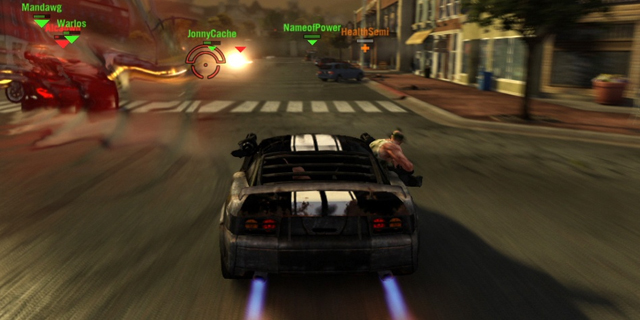
The other big example from last year is Twisted Metal. This once great and well-loved franchise from the PlayStation’s past returned about a year ago on PS3. Like Max Payne 3, I think it’s a good game that properly revived a lot of the essence of what made the classic series so incredible. That being said, you can make the best Twisted Metal game today, and it most likely won’t have any impact on anyone. Will it be fun? Sure, for a time. Will it be memorable? Not in the slightest. Twisted Metal did a lot of things wrong, sure, but I had a blast playing it and it was the best car combat game I could have asked for.
And yet, there was one huge problem that it exposed: I never realized how much I didn’t want a new Twisted Metal until I played it. Once again, I’m glad it was released, but car combat simply does not work in this day and age. Going back to Twisted Metal Black, my favorite in the series, is still fun for the purpose of nostalgia, but not something I can see myself spending hours upon hours playing like I did back when it first came out. The new Twisted Metal is the perfect example of bringing something back just to show people how unnecessary and dated it is. And the further you stray from the core of that series, the more it becomes a different game entirely.
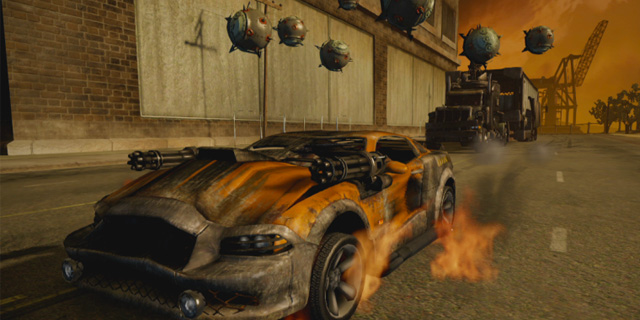
We probably won’t be seeing a return of Sweet Tooth and his friends for a long time, if ever, but I can’t say I’m upset about it. Unlike XCOM’s approach to the strategy genre, Twisted Metal is such a specific formula that seems almost impossible to both recreate and evolve. Changes will be made, but it will always be that game you played on the original PlayStation, complete with dated mechanics and a core design philosophy that most people just don’t care about anymore. I thought I still cared about it, but I found out the hard way that it was something best left in the past.
Sometimes it’s hard to recognize what will and won’t work in this day and age. Going back to XCOM, I was never quite sure they could pull it off while still remaining tied to the past, but they did it better than anyone could have expected. Is it worth trying to resurrect the games of old? To some extent, yes, but we also have to realize when to stop trying to bring back the past instead of focusing on the future. As much as it hurts to hear it, sometimes you just need someone to tell you that the old thing you once loved isn’t so good anymore.



